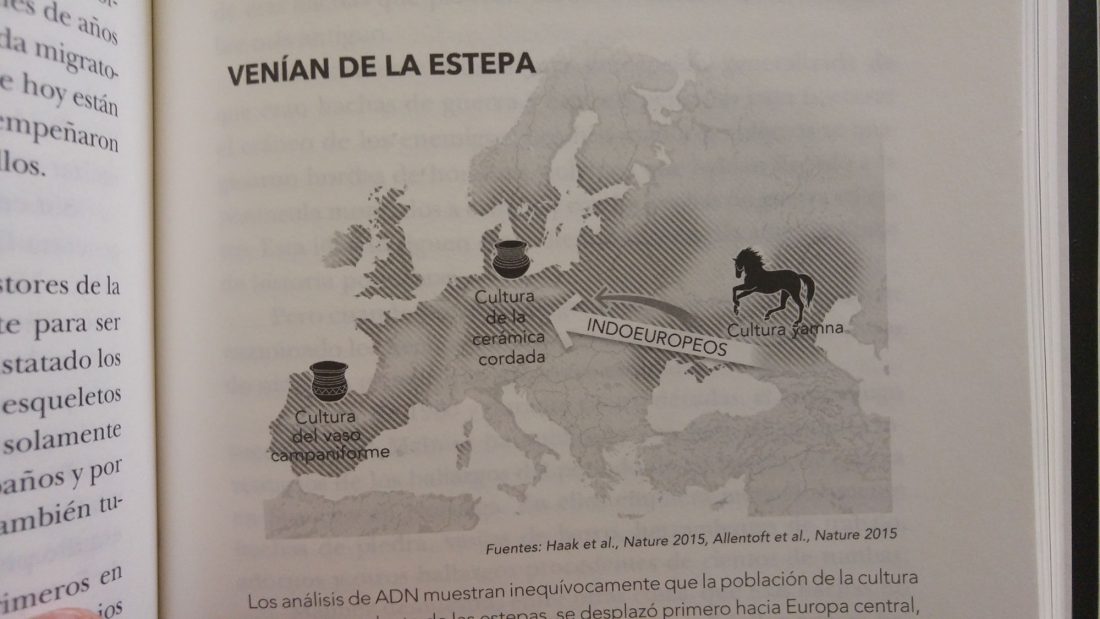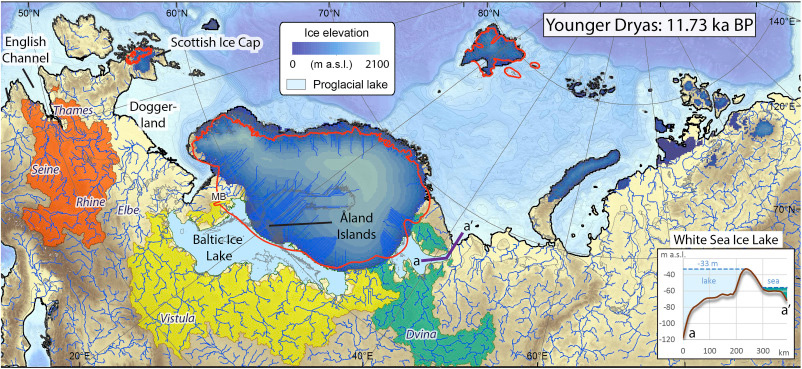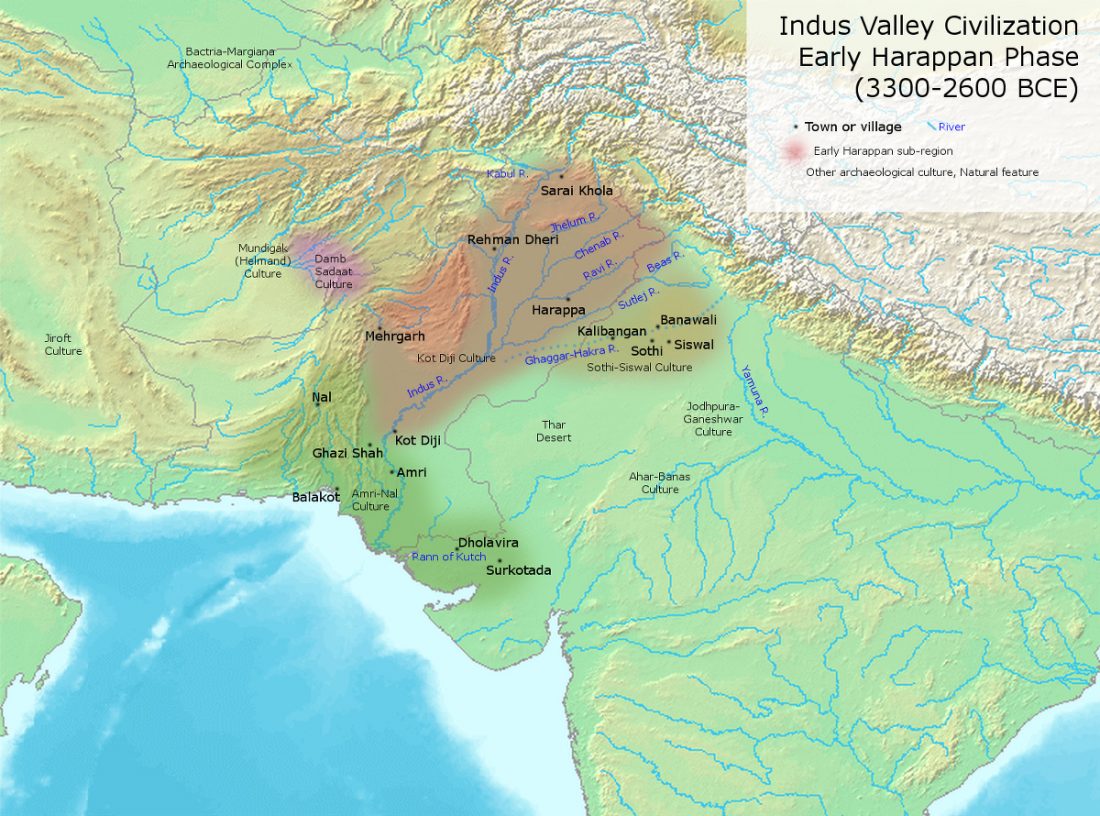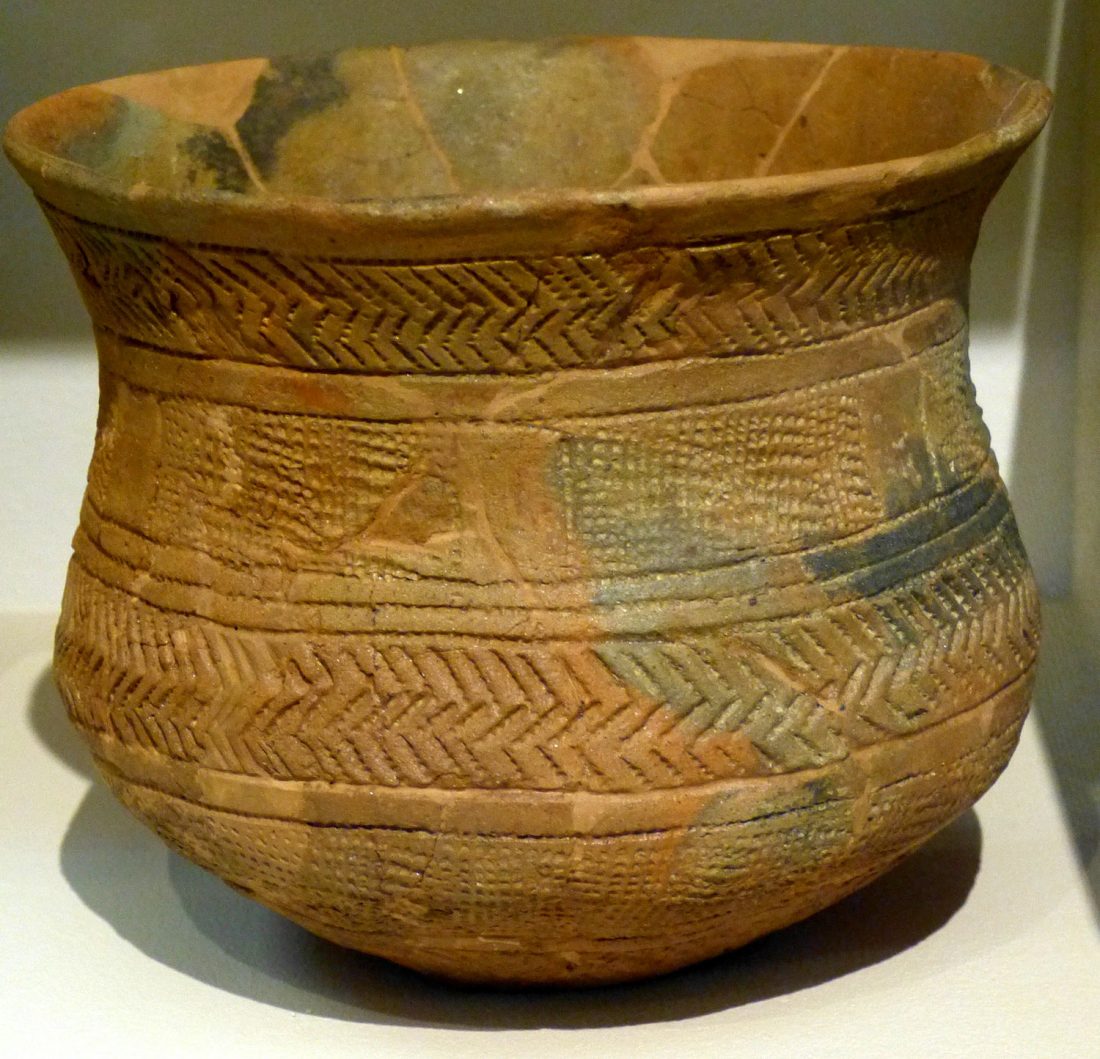I have recently read the book My European Family: The First 54,000 years (2015), by Karin Bojs, a known Swedish scientific journalist, former science editor of the Dagens Nyheter.
It is written in a fresh, dynamic style, and contains general introductory knowledge to Genetics, Archaeology, and their relation to language, and is written in a time of great change (2015) for the disciplines involved.
The book is informed, it shows a balanced exercise between responsible science journalism and entertaining content, and it is at times nuanced, going beyond the limits of popular science books. It is not written for … Read the rest “My European Family: The First 54,000 years, by Karin Bojs”



